Luc Besson’s The Fifth Element remains a cult movie more than 25 years after its release. But have you ever thought about where the French director got the concept of the four elements and the fifth — the secret and also the most important of all? This question is closely related to the evolution of human ideas about how the universe works.
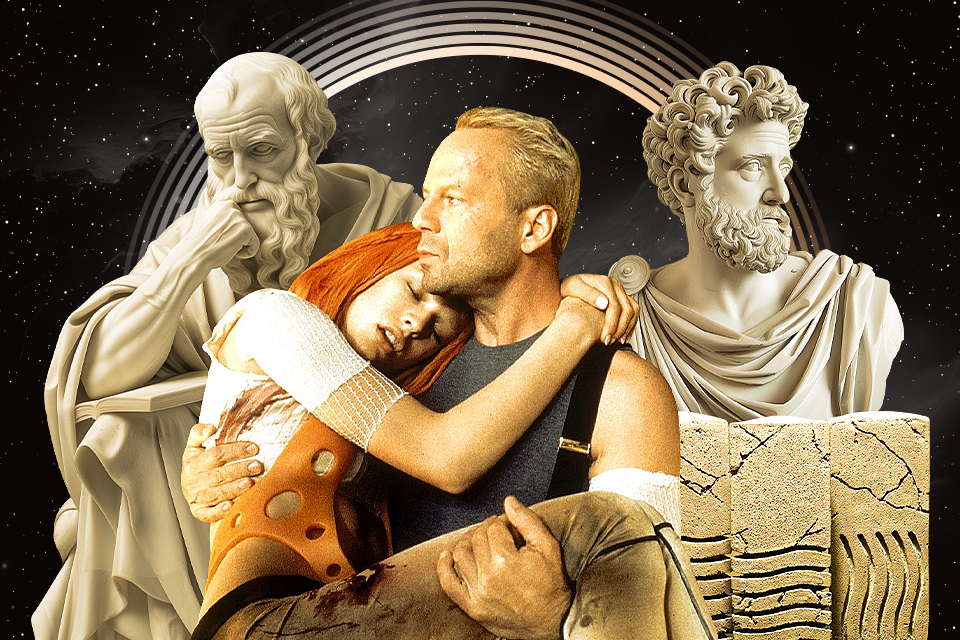
Luc Besson’s The Fifth Element
In 1997, the sci-fi movie The Fifth Element by French director Luc Besson was released on movie screens. There is no point in retelling its plot, as it is still iconic to this day. A rather naive story about a world evil threatening the Earth with doom, four stone-elements and a girl being the fifth element is memorable for everyone.
Besson said that he started thinking up the concept for the movie since he was a teenager. However, it is obvious that he did not come up with the basic four elements. They can be found in dozens of different sources, from cartoons to astrology. Water, earth, fire and air are familiar to absolutely everyone.
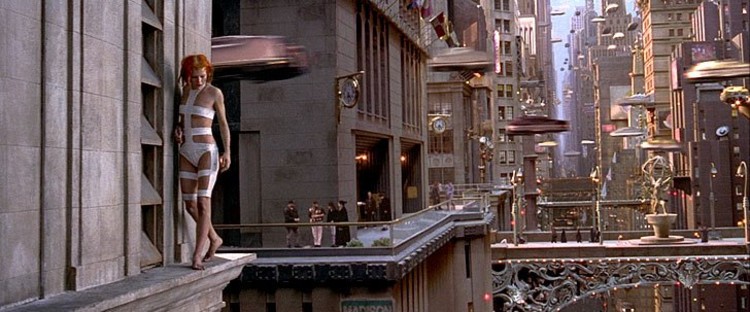
But the fifth element, the most mysterious of all, is not so common. However, Besson did not take it out of nowhere either, as its teachings, like the other four, originate in antiquity.
Ancient philosophers and the beginning of the study of the Universe
The ancient Greeks, or Hellenes, were hardly the first people to try to give a definitive answer to the question of what the universe around us is made of.
For a long time, Hellenic philosophers proclaimed that the things around us were created from some of the original elements — water, earth, fire— with each giving their own arguments for their rightness.
They were all reconciled by Empedocles, who lived in the 5th century BC. He was the first to state that there were four elements: earth, water, fire and air, which were capable of combining with each other according to certain laws, and it is from this that all the variety of substances and phenomena around us originate.

A few decades later, Leucippus and his student Democritus developed a completely alternative theory in which everything around us was made up of atoms of a certain kind, and there were a huge number of varieties of them. The ancient philosophers did not like the last assumption very much, because they were convinced that the world had harmonious and easy to understand beginnings.
So Plato, the philosopher who was convinced that there were ideal things at the core of the world, took up the cause. He said that everything around consisted of indivisible particles-atoms, but there were only four kinds of them, corresponding to Empedocles’ elements.
He even found the perfect shapes for them – regular polyhedra. Fire atoms were tetrahedrons, earth atoms were hexahedrons, better known now as cubes, air atoms were octahedrons, and water atoms were icosahedrons.

According to Plato’s idea, everything in the world should have been a mixture of these four kinds of atoms. However, this lover of the ideal has driven himself into a logical trap. After all, even the Hellenes knew that there were actually five regular polyhedrons, still called “Platonic solids”.
Aristotle’s universe
However, even Plato could not answer a question about what element corresponds to a dodecahedron consisting of correct pentagons. Plato’s student Aristotle found the answer. He was the person who invented the fifth element. According to the philosopher, it should have the name “aether“.
The answer to the question of where the aether was that no one had seen it was simple to the point of genius. According to Aristotle, all space beyond the Earth and its atmosphere was filled with it. Aether atoms had the unique property of not mixing with any other atoms. But they could stick together, and such large clots of aether appeared to him as the Sun, the Moon and the planets, which, in turn, were attached to transparent celestial spheres, and those orbited around the Earth.
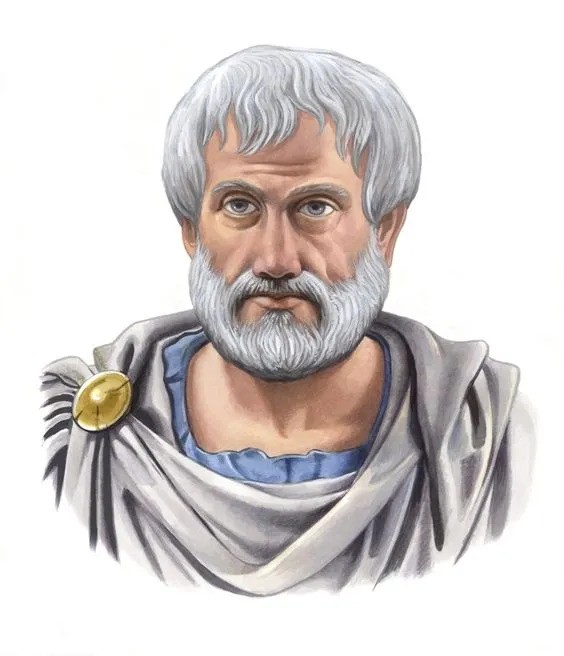
Despite all the naivety of such a logical construction, it had no obvious flaws for that time, it was simple and logical, so it spread far beyond not only the ancient, but also the European world. It has remained the basis for understanding the world for over 1500 years and during that time it became deeply embedded in the culture of so many peoples.
Among other things, the concept of “ether” made its way into religious texts, where it acquired another meaning: something immaterial and almost intangible, but which gives life and meaning to the rest of matter. After all, since the heavens consist of aether and God lives there in Abrahamic religions, it is logical to assume that the fifth element will be somehow connected with it. Actually, it was this idea, slightly modified, that Besson used in his movie.
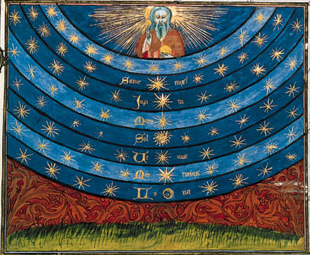
Aristotle’s ideal universe began to collapse after the work of Nicolaus Copernicus, and astronomers such as “comet catcher” Tycho Brahe and Johannes Kepler with his elliptical orbits proved that no etheric spheres existed or could exist.
The four “earth” elements lasted another century or so longer, until the transformation of semi-mystical alchemy into the science of chemistry buried atoms-tetrahedrons and atoms-icosahedrons forever.
Aether and electromagnetic waves
Although fire, earth, water and air lost any significance to science as the basis of the universe around us, the story of the fifth element, the ether, continued to gain momentum in the eighteenth and nineteenth centuries. It was no longer needed to explain the composition of the Sun and Moon, but there was still the question of the light they emit and reflect.
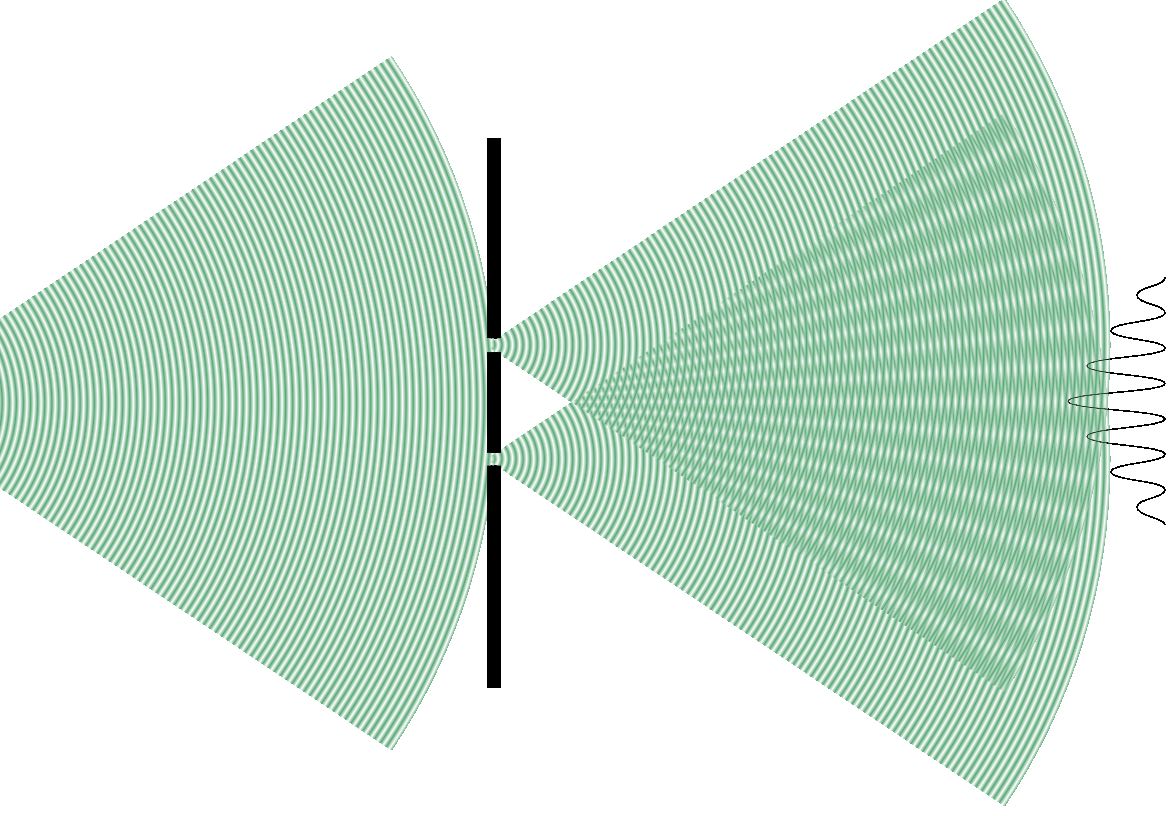
All this time, there were disputes among scientists whether electromagnetic radiation was a particle or a wave, because it showed signs of both. Waves are inherently vibrations of a medium. And what kind of medium can there be for a wave of light to propagate as it travels from the Sun to the Earth?
It had to bring the aether back into the scientific picture. It was supposed to fill all the space between the celestial bodies and thus be the most common form of matter in the universe. No longer the fifth, but the most important element of it.
The only problem was that the further scientists investigated the properties of the ether, the more confused they became. This continued until the beginning of the 20th century, when corpuscular-wave dualism and the special theory of relativity appeared. Thanks to them, scientists were finally able to get rid of ether.
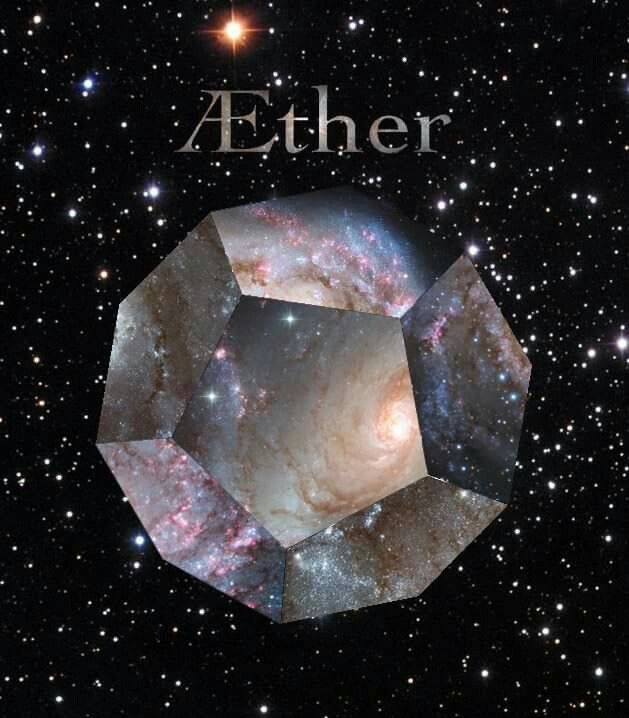

At the same time, it managed to put down roots in a rather unexpected place. Radio had a rapid development even before the theory of the “fifth element” as a medium for the propagation of electromagnetic waves was finally abandoned.
That’s how the expression “go on the air” came into circulation, which is still used by numerous media outlets today. It literally means “to release radio waves with their message into the medium of this form of matter”. The fact that its existence has long since been disproved is of no concern to anyone. That way you can still stream any kind of content, including Luc Besson’s The Fifth Element.


